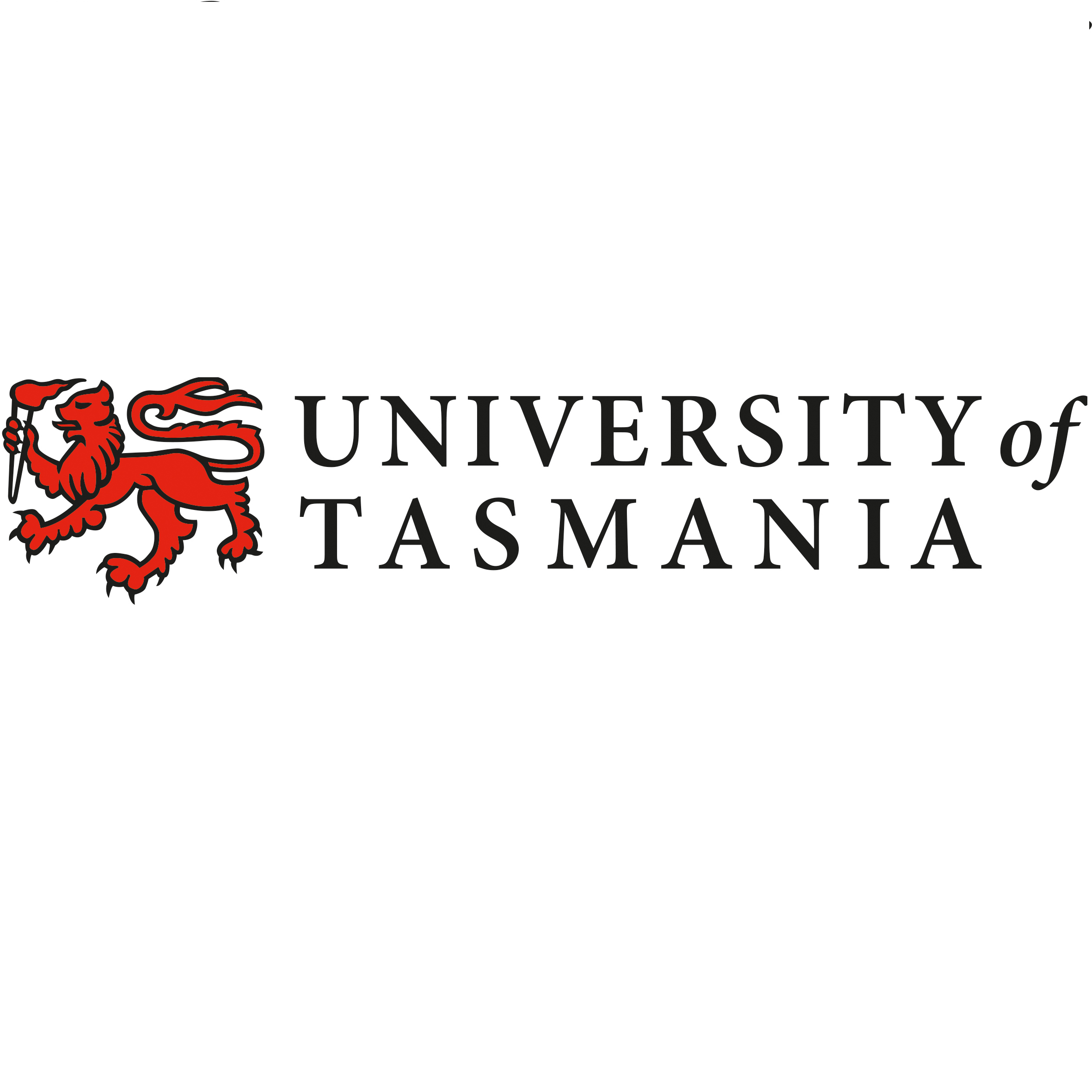Full description
Estimates of blacklip abalone (Haliotis rubra) size at emergence were obtained from surveys of ten sites within the Mercury Passage on Tasmania's east coast.
Size at emergence estimates were obtained from five populations inside the Maria Island Marine Reserve (MIMR) and at five adjacent sites where abalone harvesting occurs. The data sets includes abundance and size estimates of the main abalone predators, including the southern rock lobster (Jasus edwardsii), and competitors.
Lineage
Maintenance and Update Frequency: asNeeded
Statement: All data were collected using underwater visual census techniques and diver swum transects.
At each site, four 50 m transects were deployed
randomly along the 5 m depth contour, and the abundance and size structure of the rock lobster Jasus edwardsii and emergent black-lip abalone Haliotis rubra were recorded by divers searching a 1 m strip parallel to each transect. Within the same search area the abundance of the sea urchin Heliocidaris erythrogramma and crab Plagusia chabrus were also recorded. Abalone size at emergence estimates were obtained by 2 divers searching habitat 5 m on either side of the
transect and restricted between the 3 and 7 m depth contours. Emergent abalone were defined as individuals not hidden from the divers’ view in deep crevices but exposed to predators, whereas cryptic individuals were hidden from the divers’ view in crevices and under boulders. Estimates of cryptic abalone size structures were obtained by lifting and searching underneath small boulders (ca. 0.5 to 0.75 m diameter) in the area in which emergent individuals were measured. A minimum of 200 abalone (cryptic and emergent combined) were classified and measured in situ at each site using knife-edge callipers.
The abundance of the dominant predatory demersal
fish, including the labrids Pictilabrus laticlavius,
Pseudolabrus psittaculus, Notolabrus fucicola, N. tetricus, Dotalabrus aurntiacus; the monocanthids Acanthaluteres vittiger, Meuschenia australis, Meuschenia freycineti; the latrid Latridopsis forsteri; and the Cheilodactylids Cheilodactylus nigripes and C. spectabilis, were recorded by divers surveying a 5 m wide strip immediately above the reef along both sides of each transect.
Notes
Credit
Fisheries Research and Development Corporation (FRDC): 2004/013
Purpose
To provide estimates of abalone size at emergence and correlative data with abalone predators and competitors.


